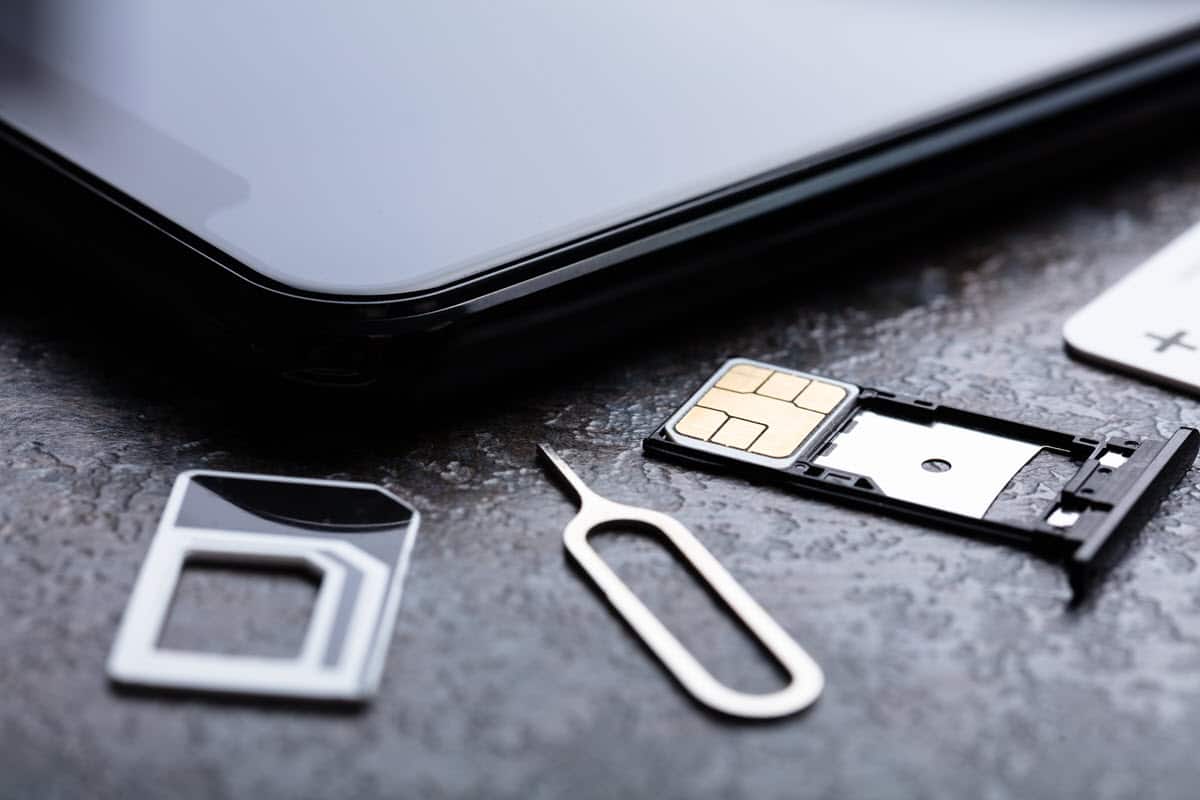The micro sim has been more popular since the first Apple iPad hit the market, with the higher end models using the smaller sim card to connect to the 3G mobile networks.
Later, the iPhone 4 and 4S would also use the smaller version of the sim card we’re all used to sliding into our new handsets, probably never to be thought about again (until our next upgrade that is!).
A New Generation Of Sim Card
The micro sim is actually the third generation of sim cards, although most of us will not remember the first. The original sim card was about the size of a credit card, about eight and a half centimetres long, by five and a half centimetres wide.
As mobile phones got smaller, the second generation of sim cards was introduced which most of us recognise as a standard sim card (actually called a mini-sim), measuring 2.5 centimetres by 1.5 centimetres.
Apple Introduce The Micro Sim To The Masses
The recent iPad and iPhone style sim cards are called micro sims and measure 1.5 centimetres by 1.2 centimetres. Interestingly the chip itself on a mini sim and micro sim are identical, meaning it is actually technically possible to trim down a mini sim to fit a micro sim slot (although we’d not recommend it!).
If you have a handset requiring a micro sim and you’re thinking about pay as you go free sim cards or a sim only deal, you will be able to specify the smaller sim card on your application form.
A Data Hungry World
In most cases exactly the same deals are available, unless it’s a plan specific to the iPhone or iPad (which some networks are providing). Normally these include more data that the non-iPad/iPhone version as users of Apple products will most likely want to make use of the data guzzling apps on their smartphones.
If you want more information on the free sim cards available click here, or check out the comparison tables, which are available with a micro sim option.

